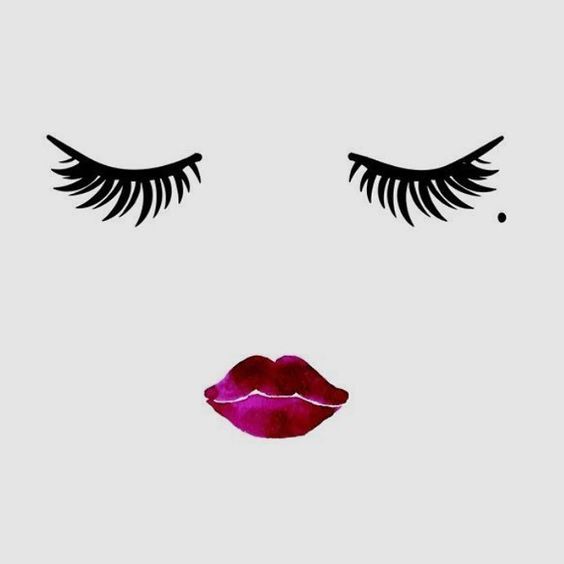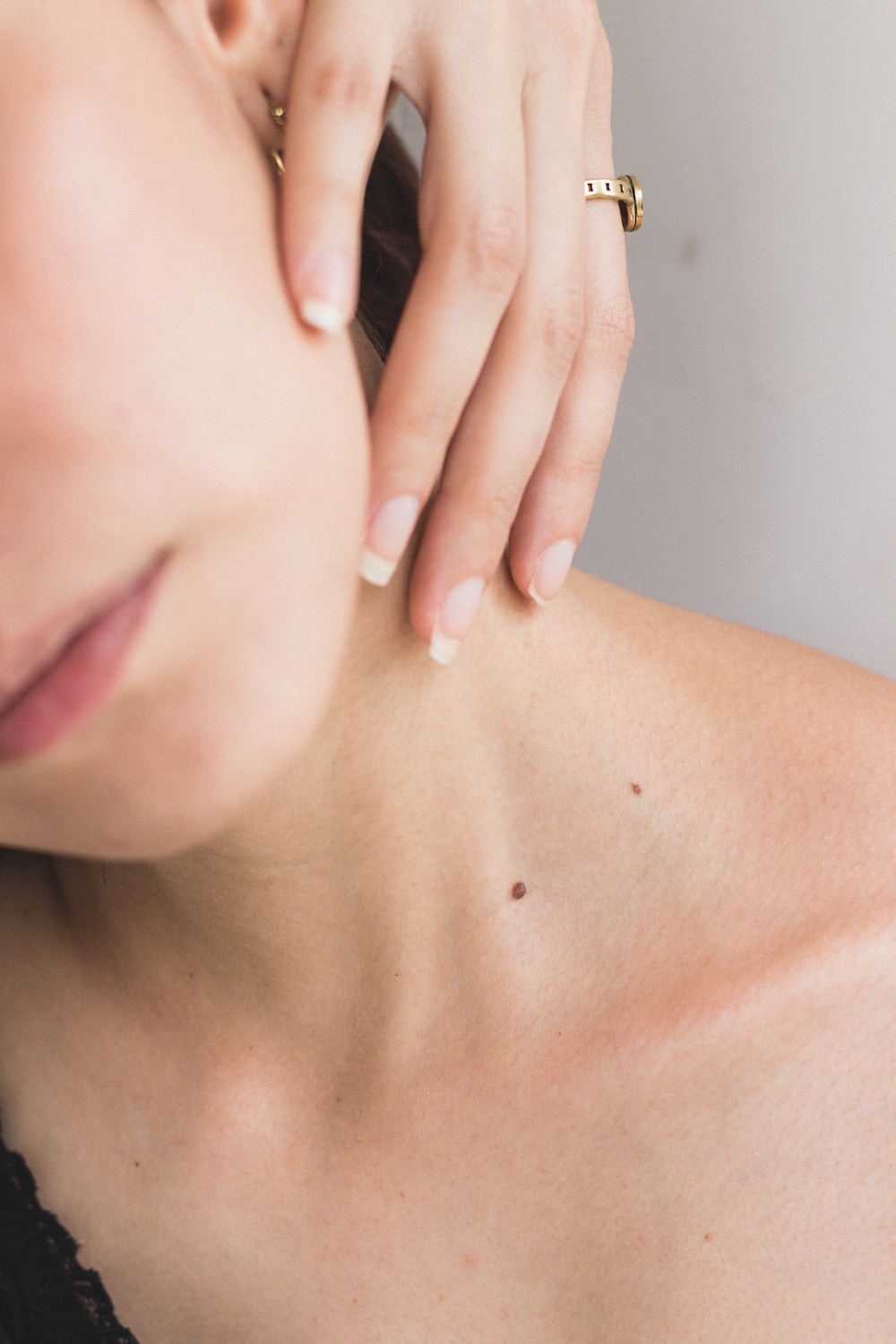My chronic foot pain started when I was still in high school. At the time, I attributed the aches and inflammation mostly to dancing. During the pandemic, I took up dance again in my living room, and started noticing the pain return full force. In particular, my metatarsal joint became so inflamed that I could only manage it with a daily Epsom salt soak and tart cherry juice. I even added a bi-weekly acupuncture to my self-care routine, because that had healed a serious knee injury from dance in high school. This time though, repeated acupuncture sessions only brought temporary relief, and I was starting to feel that I had to either quit dance or live with pain management.
Luckily, I had a huge epiphany about the source of my pain. One day, my friend was telling me about her unbearable, mysterious foot pain. I looked at her feet and noticed that she had noticeable bunions, which is when your metatarsal joint under the big toe develops outward, and your big toe grows in toward your other toes. I advised her, “You need to wear wider shoes, because you’re crushing your toes and throwing off their alignment.” I pulled off my sock to show her my foot and its “correct” alignment, when I realized I was developing a bunion as well. My metatarsal pain was the result not only of dancing, but also of not letting my foot stay in alignment.
I immediately went to a dance supply store to get big toe spacers for my feet, and the excruciating pain and visible redness that had been there for months improved in a matter of a few days. Since I thought the only cure for inflammation was holistic, like turmeric, acupuncture, omega-3, etc., and not mechanical like a foot accessory, this was a revelation.
Bunions affect about 23% of the population, and are caused by a combination of genetic predisposition, footwear, and activity. Because tight, ill-fitting shoes and high heels encourage bunions, they occur more than 10 times more often in women than in men. Most fashionable women’s shoes have a shape that’s entirely different from an anatomically correct human foot. This leads to squishing your big toe (bunion) and your little toe (Tailor’s bunion) to mold into that shape, essentially deforming your feet. Older women and frequent high-heel wearers often have to resort to surgery to shave down the bunion bone—and it’s frankly appalling that this issue is so little talked about.
After doing this research, I realized I have bunions and Tailor’s bunions on both feet, not only from dance but from wearing heels and ballet-flat-style walking shoes. While I like dressing well, no amount of beauty is worth excruciating pain! Since applying these lifestyle tips, I have reduced my bunion pain by about 80%, and can even see a difference in the shape of my feet.
Lifestyle tips to reverse your bunions and reduce foot pain
- Wear toe spacers. There are many different types of gel-type toe spacers out there to choose from. I opted for Bunheads big toe spacers, which fit between my first and second toes inside my ballet shoes and sneakers. For those with Tailor’s bunions, look for a smaller spacer, or try one that spreads out all your toes.
- Dr. Bronner’s Arnica-Menthol Organic Magic Balm. I love spreading this avocado and coconut oil-based wax on any inflamed or strained parts. It’s similar to the iconic Tiger Balm, which is made with paraffin (a petroleum byproduct). Do note that Dr. Bronner’s Magic Balm contains beeswax (it is, however, Leaping Bunny certified cruelty-free).
- Epsom salt soaks. While Epsom salt won’t reverse your bunion, it will help reduce pain like nothing else.
- Wear wider shoes. None of these tips matter if you wear ill-fitting shoes! Limit heel time to a minimum, and only wear shoes that allow your toes to all point directly up and lie flat.
- Toe stretches. Gently pull your big toe up and away from your other toes, in the opposite direction of the bunion. Make fluttering movements with your toes, and open and close them.
If i could go back in time, I would tell my college self not bother wearing heels and keep my feet healthy for decades to come. The culture of equating female attractiveness with painful attire is just as harmful as unreasonable beauty standards and filters. “No pain, no gain” (or in French, “il faut souffrir pour être belle“) feels like a decidedly anachronistic belief in this day and age. Going forward, I look forward to embracing “no pain means no pain.” Il ne faut souffrir!
Get more like this—Sign up for our daily inspirational newsletter for exclusive content!
__
Photo: Kate Hlinitsova via Unsplash





